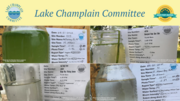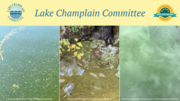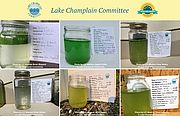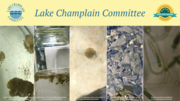Week 14 of monitoring brought cooler weather, fewer sightings of cyanobacteria, but also far fewer monitors to report them. High alert blooms continued in parts of St. Albans Bay, Lake Carmi, and Lake Morey which have all had persistent blooms during the last weeks or months. Read...
News from Selected Month
While the weather cooled during Week 13 of monitoring, blooms continued in several lakes or bays where they were present previously and showed up in some new locations. On Lake Champlain, high alert conditions were restricted to nutrient-rich St. Albans Bay but there were low alerts in the Inland Sea, Malletts Bay, Main Lake North, and Main Lake South. Blooms also persisted in Lake Carmi, Lake Morey, and Lake Memphremagog. Read...
Throughout his career in the U.S. Senate, Patrick Leahy has been an unfailing champion for our region's– and the nation's – air, water, and land, and the health of our people. From the Conte National Wildlife Refuge, across the Green Mountain National Forest, to Lake Champlain, his dedication to safeguarding and investing in natural resources has improved our lives. Read...
Blooms continued into Week 12 of the monitoring season. You can see visuals of some of them from Lake Memphremagog, Lake Morey, Tinmouth Pond, Shelburne Pond and Lake Champlain’s Arnold Bay and Valcour Island, and Lake Champlain’s Keeler Bay. You’ll also find photos illustrating blue-green blues and the recreational impact of cyanobacteria. Read...
Several monitors reported odd gelatinous globules in the water at several sites in Lake Champlain’s Inland Sea during week 11 of monitoring. Happily they took water samples and photographs and shared the details with us and our partner Dr. Ana Morales-Williams at the University of Vermont’s Rubenstein Ecosystem Science Laboratory. The samples turned out to be Calothrix sp. – a benthic filamentous cyanobacteria. Read...





